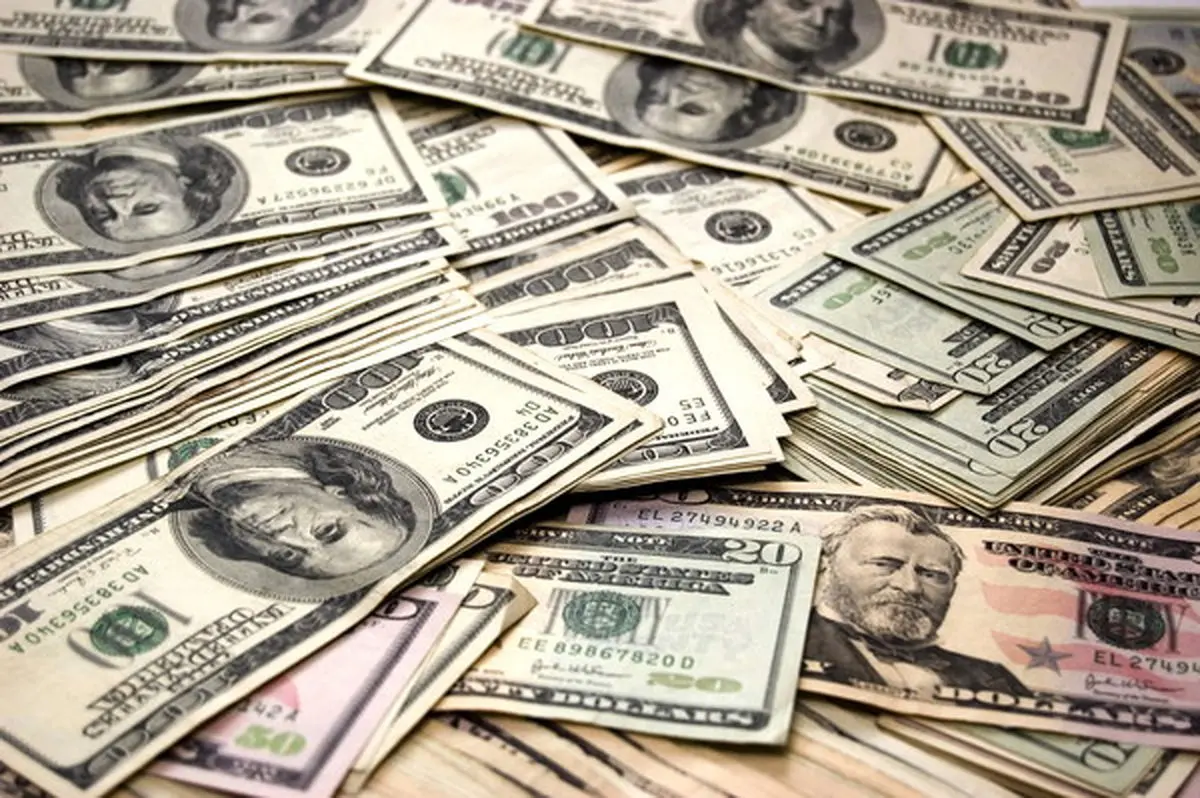Iran: $25b of foreign investment attracted in 4 years

Iran attracted $24.95 billion in foreign investments from Sept. 23, 2013, to Sept. 22, 2017, the director general of the Ministry of Industries, Mining and Trade’s Foreign Investment Office said.
Afrouz Bahrami added that the figure accounts for less than 2% of all the FDI made worldwide during the period.
According to the report, Germany, China, Turkey, Austria, the UAE and France were the biggest investors in Iran during the period under review.
The most attractive industries for foreign investors in Iran were polymer and chemicals, steel, trade, motor vehicles, mining, plastic and medical devices.
Alborz, Tehran, Khorasan Razavi, Fars, West Azarbaijan, Kerman, Zanjan and Qazvin were the most attractive Iranian provinces for foreign investments during the period.
As per the Sixth Five-Year Development Plan (2017-22), the government needs to attract at least $50 billion annually in foreign investment (direct, finance or joint investment) plus 5,800 trillion rials ($145 billion) in domestic investment to achieve an 8% economic growth.
This is while the country managed to absorb only $3.37 billion in FDI in 2016, accounting for 0.19% of total global investment ($1,780 billion).
According to Bahrami, monopolistic and rent-seeking practices in Iran’s economy, plus corruption, weak economic indices, the government-run structure of the economy, lack of proper infrastructures for investment and lack of effective advertizing, are the main challenges in the way of absorbing foreign investment.
Referring to the fact that the Iranian law obligating dispute settlements between foreign investor and government to be resolved in local courts is against international norms, Bahrami said, “We are still witnessing subjective interpretation of rules and regulations, and the lack of a clear legal procedure to support foreign investors and entrepreneurs.”
On the plus side, Iran has been described as the best emerging market for years to come. Despite its years of relative isolation, Iran remains the 18th largest economy whose productive capacity and consumer markets have huge potential.
According to management consulting firm McKinsey, 56% of Iran’s households have an annual income exceeding $20,000.
The country’s population is young (60% are under 30), urbanized, well educated (possessing high rates of literacy and enrolment in tertiary education), technically proficient (boasting the world’s fastest growth of scholarly scientific outputs and the fifth highest numbers of students graduating from engineering degrees) and entrepreneurial.
Iran is also blessed with natural advantages. The country possesses the world’s largest natural gas and the fourth largest oil reserves. Although petrochemicals account for 80% of the country’s exports and around a third of government revenues, its economy is much more diversified than many of its regional counterparts.
Significant exports of fruits and nuts, cement, plastics and other chemicals reveal the proficiency of the country’s farmers and manufacturing enterprises.
In fact, reintegration into the global economy is expected to revitalize the automobile, pharmaceutical, mining and tourist sectors.
“Iran’s location, including sea channels on its northern and southern coasts and borders with seven countries straddling Europe and Asia, makes it convenient to play the role of a regional entrepot, especially given China’s enthusiasm for a New Silk Road aimed at reviving ancient trading routes between the two continents,” Richard Woodward, senior lecturer at Coventry Business School in the UK, said.
The bulk of FDI attracted during the four-year period came after the January 2016 implementation of the nuclear deal Iran signed with world powers a year earlier.
END
